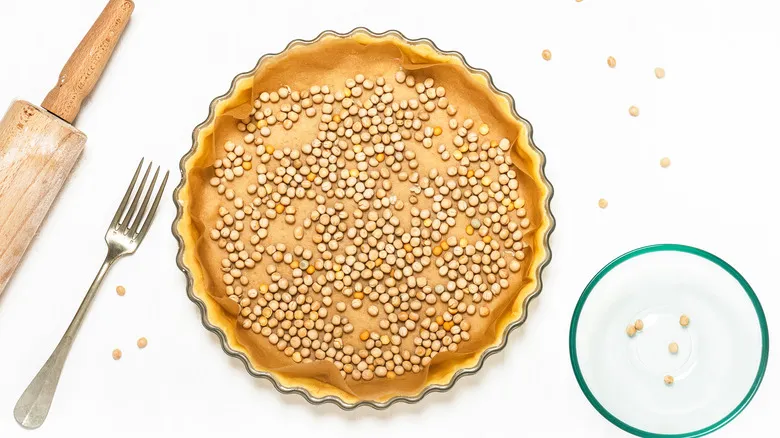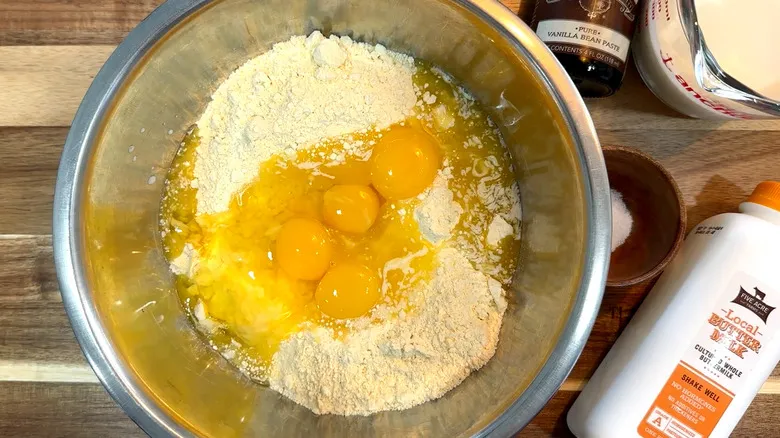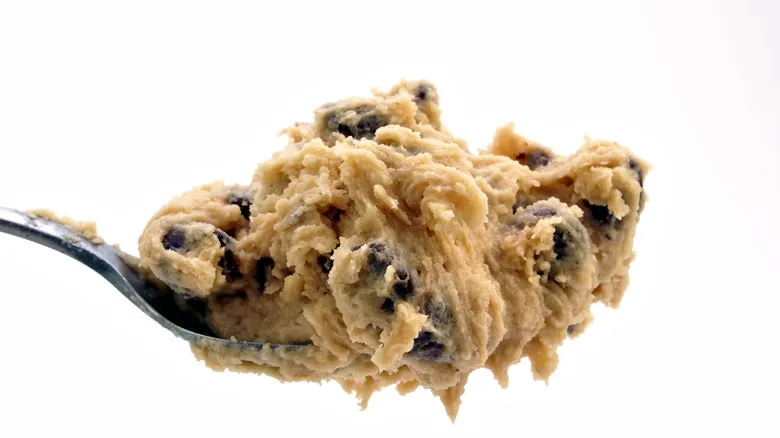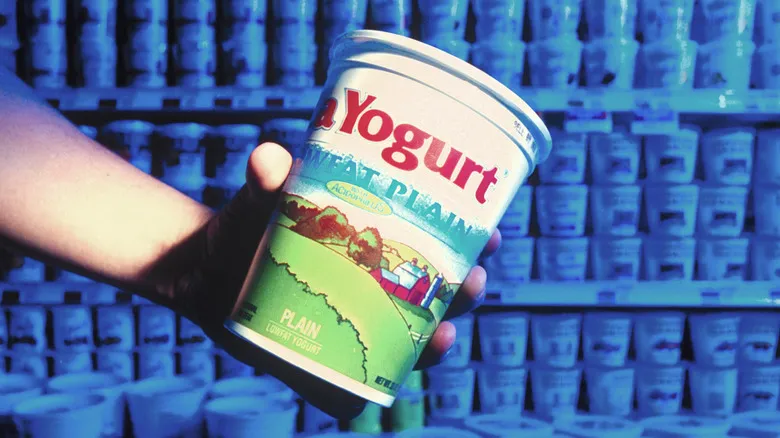Give the crust a head start in the oven

To effectively implement Paul Hollywood's advice, start by lining your pie tin with the crust and preheating your oven. However, don’t place the pie crust in the oven without protection. A crucial step is to cover the raw dough with a layer of plastic wrap, as Hollywood recommends. If you're uncomfortable with using plastic in a hot oven, parchment paper is a suitable alternative. Next, fill your pie with dried beans or rice, reaching the top of the dish; this will serve as weights to keep the crust in place while it bakes.
The rationale behind blind baking is to give your pastry a head start before adding the filling. This may require placing the pie in the oven twice—first for the crust alone, and then again with the filling. Alternatively, if you're preparing a no-bake pie, the blind bake will be the only baking step. The baking time can vary based on the recipe. A complete blind bake means the dough is fully cooked, while a partial blind bake, or par-bake, only partially pre-cooks the pastry.
Regardless, this method ensures that the pastry becomes crisp before any moisture from the filling can penetrate and make it soggy. Be sure to blind bake any pie that requires a single crust, especially those with high moisture fillings, such as custards or juicy fruits.
Recommended

The Plate Hack For Perfect Cake Layers Every Time

You're Doing It All Wrong - How To Make Boxed Cake Mix

What Makes Cottage Cheese Cookie Dough Edible?

2 Easy Ingredient Swaps For Yogurt In A Recipe
Next up

